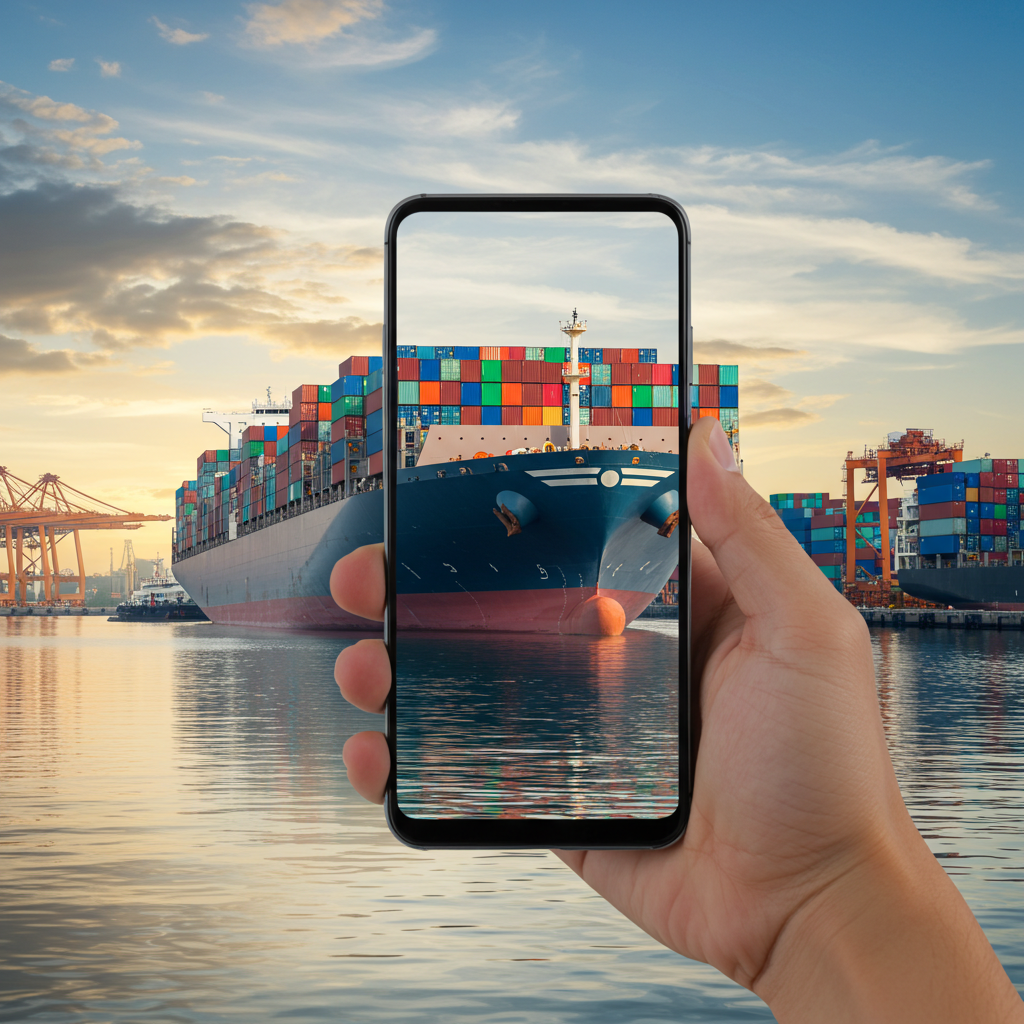
The world of freight is in constant motion, and the winds of change are blowing stronger than ever. At the forefront of this transformation are artificial intelligence (AI) and automation, reshaping how goods are moved across the globe. This blog delves into the exciting future of freight, exploring how these technologies are revolutionizing logistics.
AI’s Role in Optimizing Freight Operations
AI is no longer a futuristic concept; it’s a present-day reality in logistics. Its ability to analyze vast amounts of data and make intelligent decisions is driving efficiency and cost-effectiveness.
Predictive Analytics for Demand Forecasting
AI-powered predictive analytics can forecast demand with unprecedented accuracy. By analyzing historical data, market trends, and even weather patterns, AI can help logistics companies anticipate fluctuations in demand. This allows for optimized inventory management, reduced warehousing costs, and timely deliveries. This proactive approach minimizes the risk of stockouts and overstocking, ensuring a smooth and efficient supply chain.
Route Optimization and Real-Time Tracking
AI algorithms can analyze real-time traffic data, weather conditions, and road closures to optimize delivery routes. This minimizes fuel consumption, reduces transit times, and enhances overall efficiency. Combined with advanced tracking systems, AI provides real-time visibility into the location and status of shipments, allowing for proactive problem-solving and improved customer satisfaction.
Automation Transforming Warehousing and Transportation
Automation is streamlining various aspects of freight operations, from warehousing to transportation.
Automated Warehousing and Inventory Management
Robotics and automated guided vehicles (AGVs) are revolutionizing warehouse operations. These technologies can automate tasks such as picking, packing, and sorting, significantly increasing efficiency and reducing human error. Automated inventory management systems provide real-time visibility into stock levels, enabling efficient order fulfillment and minimizing storage costs.
Autonomous Vehicles and Drones
The development of autonomous trucks and drones holds immense potential for the future of freight. While still in its early stages, these technologies promise to revolutionize long-haul transportation and last-mile delivery. Autonomous vehicles can operate 24/7, reducing delivery times and increasing efficiency. Drones can access remote areas and deliver small packages quickly and efficiently. It is important to understand the terms of shipment when looking into how goods are moved. You can get more information on this by reading our page: Decoding Shipping Terms: CIF vs. C&F (and FOB, CFR, CNF).
Enhancing Customer Experience Through Technology
AI and automation are not just about efficiency; they are also about enhancing the customer experience.
Personalized Delivery Options and Communication
AI-powered chatbots and virtual assistants can provide personalized delivery updates and address customer inquiries in real-time. Customers can also benefit from personalized delivery options, such as scheduled deliveries and flexible delivery locations.
Transparency and Traceability
Blockchain technology, combined with AI, is enhancing transparency and traceability in the supply chain. Customers can track their shipments from origin to destination, ensuring visibility and accountability. For a provider that is at the forefront of freight, consider contacting Alliance Freight.
The Challenges and Opportunities Ahead
While the future of freight looks promising, there are challenges to overcome.
Integration and Implementation
Integrating AI and automation technologies into existing logistics infrastructure can be complex and costly. Companies need to invest in training and infrastructure to ensure a smooth transition.
The Human Element
As automation increases, there are concerns about job displacement. However, AI and automation also create new opportunities for skilled workers in areas such as data analysis, robotics maintenance, and system management. The key is for companies to adapt and invest in workforce development.
Conclusion
The future of freight is being shaped by AI and automation. These technologies are driving efficiency, reducing costs, and enhancing the customer experience. While challenges remain, the opportunities are immense. By embracing these advancements, logistics companies can stay ahead of the curve and thrive in the ever-evolving world of freight.